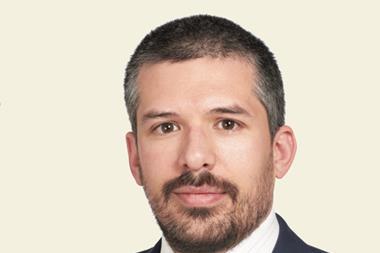The Dutch pensions regulator, DNB, praised pension funds in a recent report for having better structures in place to manage their exposure to climate risk than banks and insurance firms. But as always, the devil is in the detail.

Pension funds get kudos for “anchoring sustainability risks in their governance structure”. This is regulator lingo for having a specific person in charge of monitoring climate risk of investment portfolios.
While a growing number of pension funds indeed have appointed such a person, this does not necessarily mean that they really have this climate risk overview in practice. This is because pension funds tend to have outsourced most or all of their investments to external managers.
A separate report on a sustainability pact that was signed by 78 Dutch pension funds in 2018, published around the same time as the DNB study, concludes that pension funds often fail to give clear guidance to asset managers on what aspects to focus on when engaging with companies.
The report also notes that pension funds often seem to be satisfied with the information given to them by asset managers about portfolio companies, and fail to actively try to collect information on sustainability risks faced by portfolio companies with their external managers. This could have something to do with the lack of focus displayed in pension funds’ ESG policies.
Many funds say they care about climate, governance or human rights but, it is noted, these themes are so broad that in practice no real choice is being made. Without sufficient guidance from pension funds, it leaves their asset managers second-guessing on what issues to engage with companies.
If pension funds want to get a grip of the sustainability risks in their portfolios, getting the right structures in place is silver, but implementation is golden.
Tjibbe Hoekstra
Netherlands Correspondent
tjibbe.hoekstra@ipe.com


















No comments yet